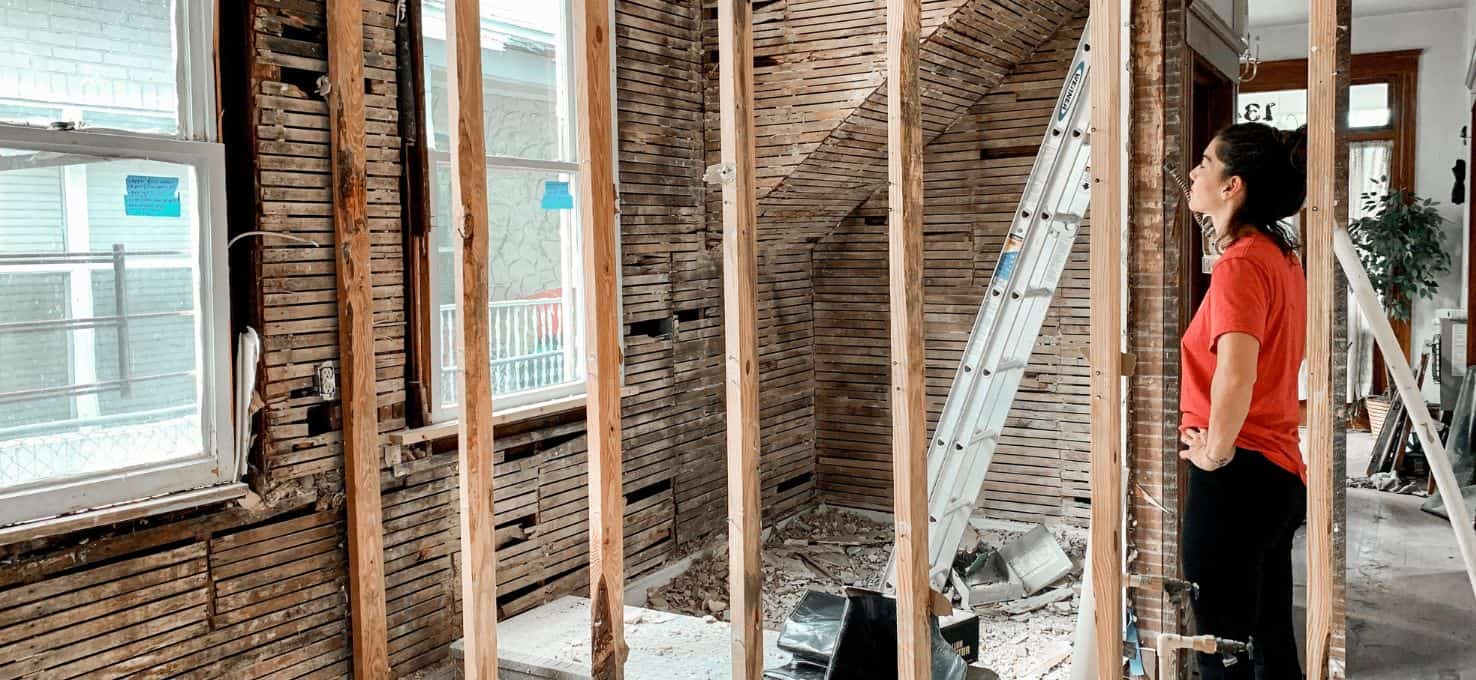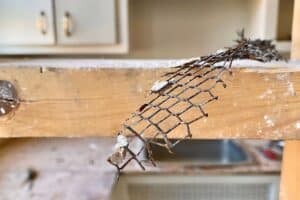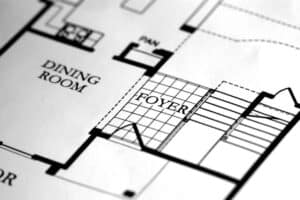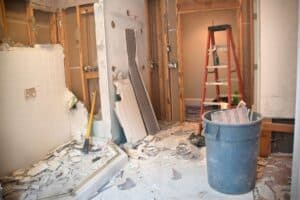
Home Fixes
Avoiding an Expensive Fix: Common Home DIY Mistakes That Cost More in the End
Even the most well-intentioned do-it-yourself efforts can unintentionally compromise the quality or safety of your home improvement project. While DIY can be rewarding and cost-effective for tasks like painting or demo, even small missteps in areas like plumbing, electrical, or waterproofing can lead to costly repairs, delays, and even code violations. According to Clovered, 87% of homeowners made a mistake when attempting a DIY home improvement project, and on average, people spend $137.50 rectifying their DIY mistakes.
Common DIY Mistakes To Avoid
When it comes to home remodeling, it’s easy to underestimate the complexity of the process. Our experienced design team has seen it all, well-intentioned DIY projects that quickly spiral into costly headaches. Before you pick up that sledgehammer, take a moment to learn from the missteps we encounter most often. Avoiding them now can save you time, money, and a lot of frustration down the line.
Extensive Kitchen Remodeling Demolition
 Some kitchen updates—like painting cabinets or switching out hardware—can be great DIY projects. But larger remodels often require professional expertise. Here’s why:
Some kitchen updates—like painting cabinets or switching out hardware—can be great DIY projects. But larger remodels often require professional expertise. Here’s why:
- Hidden surprises: Ripping out old cabinets or appliances can uncover plumbing or electrical issues that delay your timeline and inflate your budget.
- Structural concerns: Changing your kitchen layout may require moving walls, which requires the oversight of a structural engineer.
- Tile and countertop installation: These may look simple, but they demand precise measuring and cutting—mistakes here are hard to hide and often need to be redone before reselling.
- Finish quality: Professionals can achieve smoother finishes and better durability, especially for high-traffic areas like kitchens.
Ignoring Building Codes
 Permits and adherence to local building codes are required for several home improvements, such as adding a deck, taking down walls, or finishing a basement. Most city municipalities require a structural engineer inspection before they will grant a building permit to remove a wall.
Permits and adherence to local building codes are required for several home improvements, such as adding a deck, taking down walls, or finishing a basement. Most city municipalities require a structural engineer inspection before they will grant a building permit to remove a wall.
DIYers who blaze ahead with projects without checking the local requirements can face fines, safety issues, or complications when selling their home. As Amanda Armstrong Sava, our Seattle GM, points out, “Any time you do a project without a permit and then get caught, you pay fines and fees which increase your cost”.
When you work with a remodeling company like Neil Kelly, permits and engineering are built into our process, ensuring that every T is crossed and I is dotted.
Here are starting resources for Oregon’s residential codes and Seattle’s residential codes.
Rushing Into Projects
It’s all too common for homeowners to get excited about a project and start ripping out cabinets without a plan, painting before a surface is properly prepped, or cutting materials before they’ve been measured. Rushing into home improvement projects without taking the time to plan each phase can lead to costly mistakes that take even more time and money to fix. When you work with a design/build remodeling team like Neil Kelly, everything has been accounted for before work begins, helping you save money in the long run.
Electrical Work
Beyond installing a basic light fixture, even the most experienced DIYers should avoid complicated electrical work and leave it to the professionals. The associated expense with electrical work is what drives many homeowners to do it themselves, but licensed electricians have years of experience working with electrical currents that can put your life on the line if handled improperly, making it well worth it to invest in.
Plumbing & Waterproofing
 Smaller plumbing tasks like snaking a drain or replacing a faucet washer are DIY-friendly, but Selah Ewert, Neil Kelly’s Bend GM, has seen too many DIY attempts to waterproof. As she notes, “When doing a DIY, it’s important to know your limitations, know your skillset. There are a lot of codes involved, and if you don’t do it right, your shower could leak.”
Smaller plumbing tasks like snaking a drain or replacing a faucet washer are DIY-friendly, but Selah Ewert, Neil Kelly’s Bend GM, has seen too many DIY attempts to waterproof. As she notes, “When doing a DIY, it’s important to know your limitations, know your skillset. There are a lot of codes involved, and if you don’t do it right, your shower could leak.”
Here’s what you need to know about plumbing for your kitchen remodel.
In your basement, DIYers can handle plugging holes or sealing cracks, but dealing with flooding, mold, or efflorescence in your basement should be handled by professionals. DIY solutions may only address surface-level problems, and since the basement is part of your home’s foundation, getting to the root cause of water damage is of the utmost importance.
Choose Neil Kelly For Home Remodeling and Handyman Services
While DIY has its place, you can’t put a price tag on the long-term value, quality assurance, and peace of mind that come from working with design/build remodeling experts. Whether you’re looking to completely gut and remodel your kitchen or need handyman services, you can trust Neil Kelly to bring our years of expertise to your project.